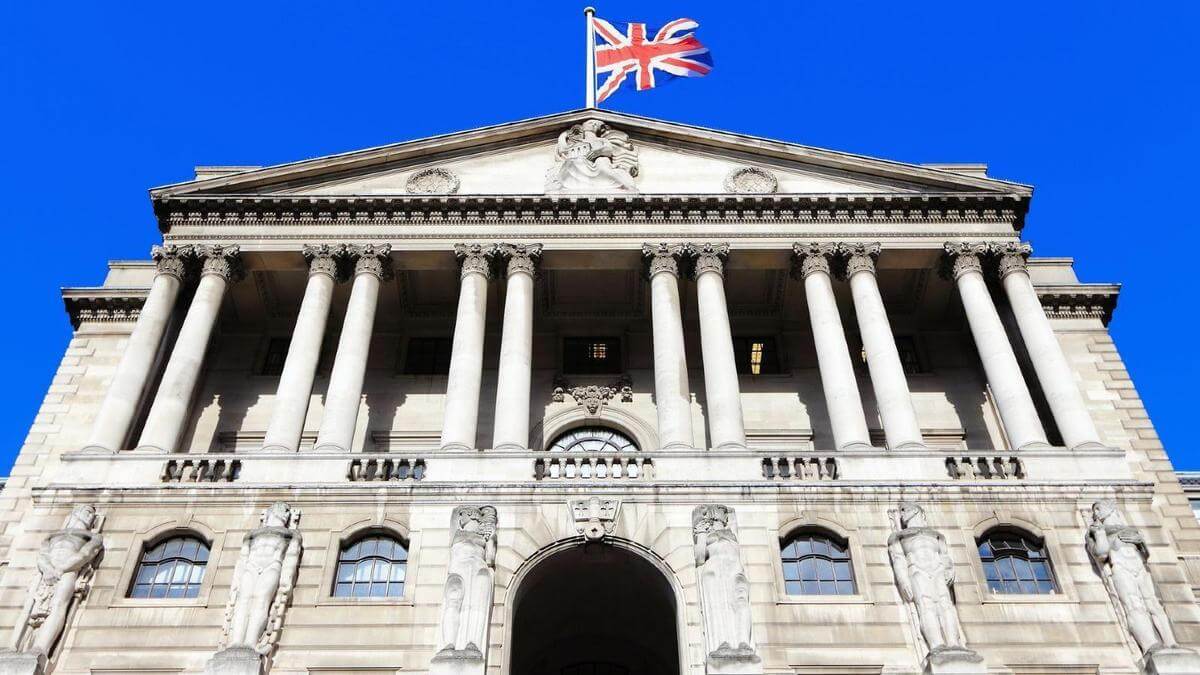
Bank of England Fixed To Change Focus on Stimulus to Sunak
With the coronavirus crisis intensifying in Britain, the Bank of England is moving into a supporting role behind the Treasury in propping up the economy. The central bank is due to release its latest decision on Thursday, along with a report on how policy makers might push borrowing costs below zero. Economists anticipate the 150 billion pounds ($205 billion) of extra bond purchases already announced for this year may be enough for now.
Governor Andrew Bailey’s efforts to keep interest rates at a record low leave room, for Chancellor of the Exchequer Rishi Sunak to deliver more fiscal stimulus in his budget on March 3rd 2021. The Treasury has run up record amounts of debt helping workers and businesses through the worst slump in three centuries, and Sunak needs calm markets and cheap borrowing costs to make further progress.
The BOE unleashed two surprise easing packages before the U.K. went into its first lockdown, and boosted bond purchases again as England entered the second lockdown. In both periods, the action was delivered in lockstep with wage subsidies and state-backed loans from the Treasury, often on the same day.Nevertheless, the country is in a third national lockdown with no end in sight, ongoing BOE action has cleared the way for the Treasury to be the main source for further support.
With few monetary fireworks expected, the focus is on the BOE’s quarterly outlook and whether policy makers might eventually adopt negative rates. Those details are due at noon London time. Bailey will deliver the BOE’s view at a press conference at 1 p.m.
“A lot has happened since the Bank of England last published economic forecasts in early November. We expect the good news to dominate the BOE’s thinking, which will see policy stay on hold in February and damp expectations of further easing ahead.”
With immediate moves off the table, the focus will be on the bank’s latest thoughts on whether to push borrowing costs below zero with a negative interest rate policy. Founded in 1694, the BOE never had rates below 2% until 2009 when it was mopping up after the last crisis. It’s due to publish a review into how it might implement negative rates if the MPC decides to pursue the policy.
The report will include 160 detailed responses from banks, some of which are alarmed about such a move would hit their profits. Economists predict the BOE will keep the policy on the table for now, partly to help keep a lid on long-term rate expectations. Meanwhile, markets have pushed back bets that the policy will ever materialize.
The economy has taken a darker turn since the BOE’s last meeting of 2020, with the U.K. now back under severe Covid-19 restrictions that look set to drag well into the spring. That’s almost certain to prompt policy makers to cut their outlook for the first quarter, although better than expected growth data in November may mean they stop short of predicting a double dip recession.
No big change in monetary policy is expected. The nine-member rate-setting committee is expected to vote unanimously to keep its bond purchase target at 895 billion pounds ($1.2 trillion) and the benchmark rate at 0.1%, about 150 billion pounds that will flow over the course of 2021.
Keeping policy unchanged in the face of a new lockdown may be a tacit admission that monetary policy and bond buying can’t do much to help with what most ails the economy. Sunak and the Treasury could do more of the heavy lifting by using fiscal policy to channel aid to workers and businesses. Ultra-low interest rates provided by the bank’s asset-purchase plan make Sunak’s record borrowing affordable and give the Treasury more room to act in its budget.
While the prevailing mood of the Monetary Policy Report may be bleak, investors will be particularly on the lookout for any signs of economic optimism from officials as the U.K.’s vaccination program surges ahead of most of its peers.
Chief Economist Andy Haldane has been particularly bullish on the prospects of a sharp rebound in the second quarter, and any signs the rest of the committee are joining him could be a powerful signal.

